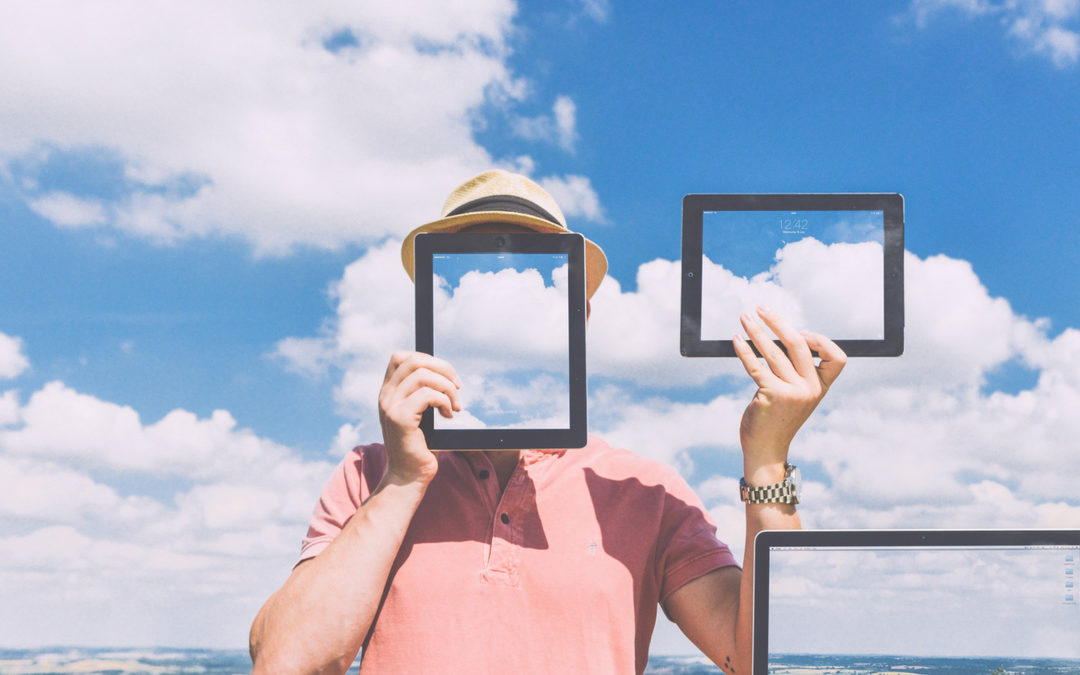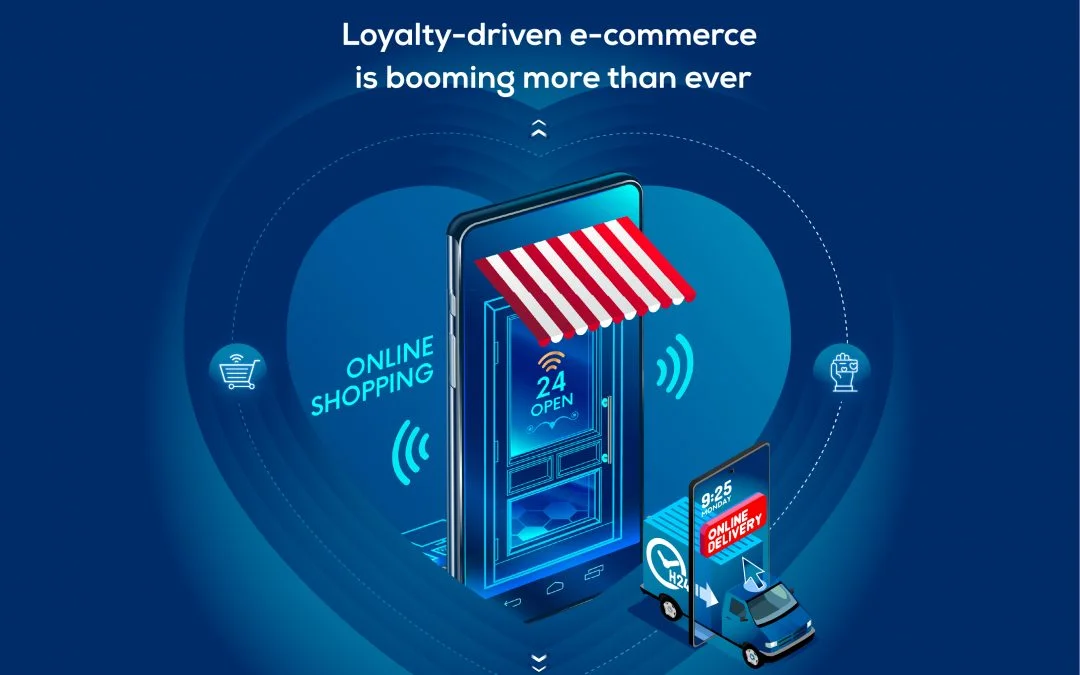- Design industry shaping loyalty programs
- Integrate easily and go live quicker
- Deliver hyper-personalized consumer experiences
Blue Rewards from Al Futtaim Group Shares Loyalty Success Stories and Evolution. Watch Podcast >
Capillary Announces 2nd Annual Captivate 2025 Summit: Transforming Loyalty Management with New AI Tech Read more >

With both online and offline businesses scaling to new heights, there is no denying the supremacy of technology in retail sale. While appreciating the exciting opportunities ensued by major market changes and shifting landscapes is difficult, retailers today are absorbed in harnessing the power of technology to further scale their businesses. A lot of retailers are feeling the heat and getting bogged down by the pressure of keeping up with the constant evolution of the digital space and elusive customer preferences. Though there are some retailers yearning for the good old days with the simplicity of traditional print promotions, digital promotions are are indispensable to personalized marketing mix and are here to stay – especially in the omnichannel retail environment.
But despite their yearning for the minimalism of the olden days, industry players do understand that digital promotions have the potential to provide far more opportunities in return for the effort than any other medium.
Driving In-store Sales Through Omnichannel Promotions
Omnichannel promotions were initially used only by online retailers to drive sales, while offline retailers slowly caught with the trend to drive and track in-store sales. The latter’s considerations lacked complete and resourceful exploitation of omnichannel, as there are very few retailers actually using these promotions to drive in-store sales as well.
The adoption of technologies that interact with the physical world and proliferation of wearables is slowly exposing industry players to a whole new world of technology, changing any existing perceptions. Technology has managed to counter discernments that relegate digital promotions to online sales only. These technologies allow retailers to dole out targeted promotions and offers to their shoppers based on their in-store location and proximity of certain products. Likewise, wearables allow consumers access to highly relevant content pertaining to their shopping needs while carrying a basket or pushing a trolley.
Actionable Insights: Impacting the ROI
If we have to conduct technology innovation analysis in the past few years, data and analytics is by far the best that has happened to digital promotion and sales. They aren’t prolonged or outdated spreadsheets that bog marketers down, but rather actionable insights that help keep a tab on sales, realigning or re-adjusting campaigns before they incur losses. Just a few years ago, consumers used to be swarmed with the same offer at least three to four times a week. However, now with the advancement of technology, the number of such messages has lessened, as retailers integrate CRM data into their promotions campaigns and move toward real-time offer testing. Although not present in India yet, many countries have adapted to data and analytics, improving their customers’ in-store experience as well. Heat mapping and technology that analyzes a customer’s shopping history, allows retailers to map out individual customers’ paths through their store. Such features have not only optimized shopper flows but have also helped in cutting down long queues at checkouts and have aided in improving in-aisle promotions.
Mobile and Connected Cars Transforming Retail
Approximately, people spend almost 15 hours a day on their mobile phones, which is responsible for driving nearly half of retail offer traffic. The year on year growth combined with the infusion of smartphones in the market, indicate that smartphones will continue in their relevence, if not flourish as well. While retailers are still struggling to invest in the operational technologies to support this trend, many have found respite in their store apps as an immediate solution. Mobile apps that allow customers to redeem offers and check-out on their mobile device, while being in their physical store may become increasingly popular.
Likewise, yet another mobile wonder that has future implications for retailers’ digital promotions is automobiles. As the newer generation of vehicles incorporates more technologies such as bluetooth, Wi-Fi, GPS and voice recognition, there are a number of opportunities to use machine to machine technologies to proactively push promotions and sales to customers based on their vehicle location. To simplify this process, technology will soon allow stores to communicate with the in-car computers to welcome customers and offer perks based on their shopping history.
With such constant advancements in technology, we are reminded that the only thing constant in this world is change, and the introduction of new retail or consumer technology is slowly changing the retail landscape. Having said that, there is no need for marketers to feel the pressure of keeping up with every trend they hear or read about. What matters more is their outlook on technology and how they can use one techware to its full potential.
Welcome to the future of {Intelligence + Omnichannel}!
1.What technologies can businesses use to boost sales?
Businesses can use technologies such as AI-driven analytics, CRM software, personalized marketing tools, and e-commerce platforms to enhance customer engagement, optimize sales processes, and drive higher sales.
2.How can CRM software improve sales performance?
CRM software improves sales performance by providing detailed customer insights, automating sales processes, managing customer relationships efficiently, and enabling personalized communication, leading to increased sales and customer retention.
3.Why is AI technology important for boosting sales?
AI technology is important for boosting sales as it enables predictive analytics, automates customer interactions, personalized marketing efforts, and provides actionable insights to optimize sales strategies and improve customer targeting.
4.What are the benefits of using e-commerce platforms for sales growth?
The benefits of using e-commerce platforms for sales growth include expanded market reach, enhanced customer convenience, data-driven marketing, streamlined operations, and the ability to offer personalized shopping experiences.
5.How can personalized marketing technology increase sales?
Personalized marketing technology increases sales by delivering tailored content and offers to customers based on their preferences and behavior, improving engagement, driving conversions, and fostering long-term customer loyalty.

May 22, 2018 | 4 Min Read
When Flipkart and Amazon hit the Indian market, brick and mo

July 25, 2014 | 4 Min Read
Smartphones are increasingly becoming an essential part of t

June 23, 2022 | 4 Min Read
If there were any questions about whether e-commerce is here